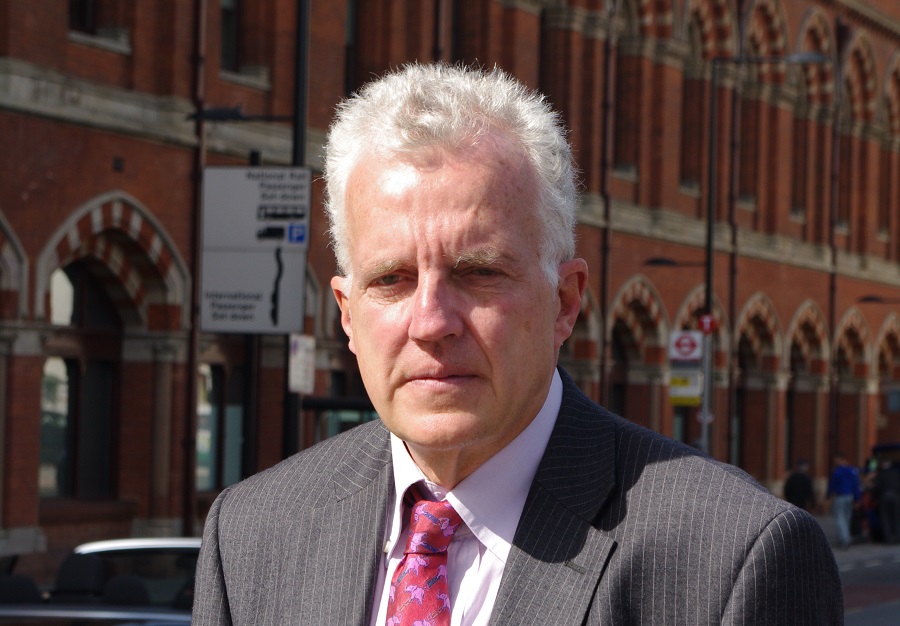I’ve been asked to sum up ideas at a conference on congestion and I realise just what a difficult issue it is. Congestion is the result of a combination of economic success and transport policy failure. In a rational world, there would be sufficient incentives to ensure enough people did not jump in their cars every time they wanted to get somewhere, even to the local shops.
Congestion, in other words, is the result of market failure because road space is the last ‘good’ (in the economic sense) that is supplied free at the point of delivery and therefore is only rationed by queuing. A pure free market economist, therefore, would welcome pricing road space high enough to ensure a free flow of traffic everywhere. Oddly, that too would accord with an environmentalist, view, too where the aim would be to reduce the most damaging form of road transport, which are slow moving vehicles. The problem, however, gets more complex because once roads become clearer, more people would be attracted onto them and they may not be particularly price sensitive.
Other than road charging, there are other ways of reducing congestion. Providing more roads space, obviously, is one but that is impossible in urban environments today, both politically and practically. Reallocating road space is another, as with bus lanes. The theory, there, is that since more people travel on a bus, then it is right for the bus to be allocated extra space. However, in purely rational terms, this does not quite work, as the bus lane remains unoccupied for a large proportion of the time.
In a way, the only solution is to start from scratch. If one were developing a new city, surely the centre would be pedestrian only, with regular and frequent buses, trams and trains bringing people there. Deliveries would be allowed for a couple of hours early in the morning but there would be no place for private cars. A rational approach to congestion, therefore, would move in that direction over time, gradually squeezing cars out of city centres.
That leaves, however, an even more intractable problem over what to do with roads in suburban areas. These are just a few initial thoughts and any others from blog readers would be most welcome!
